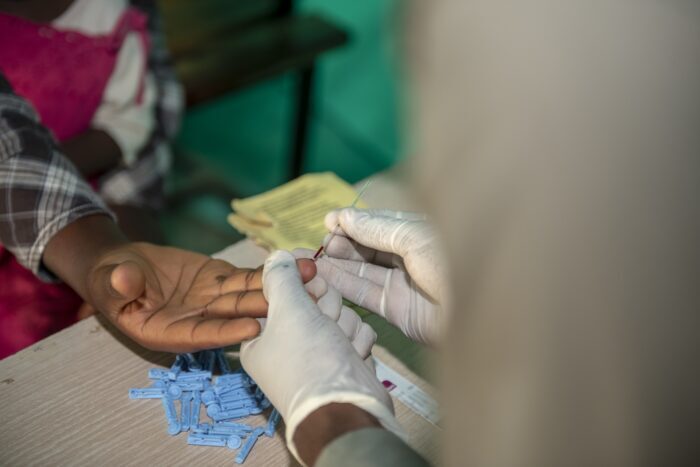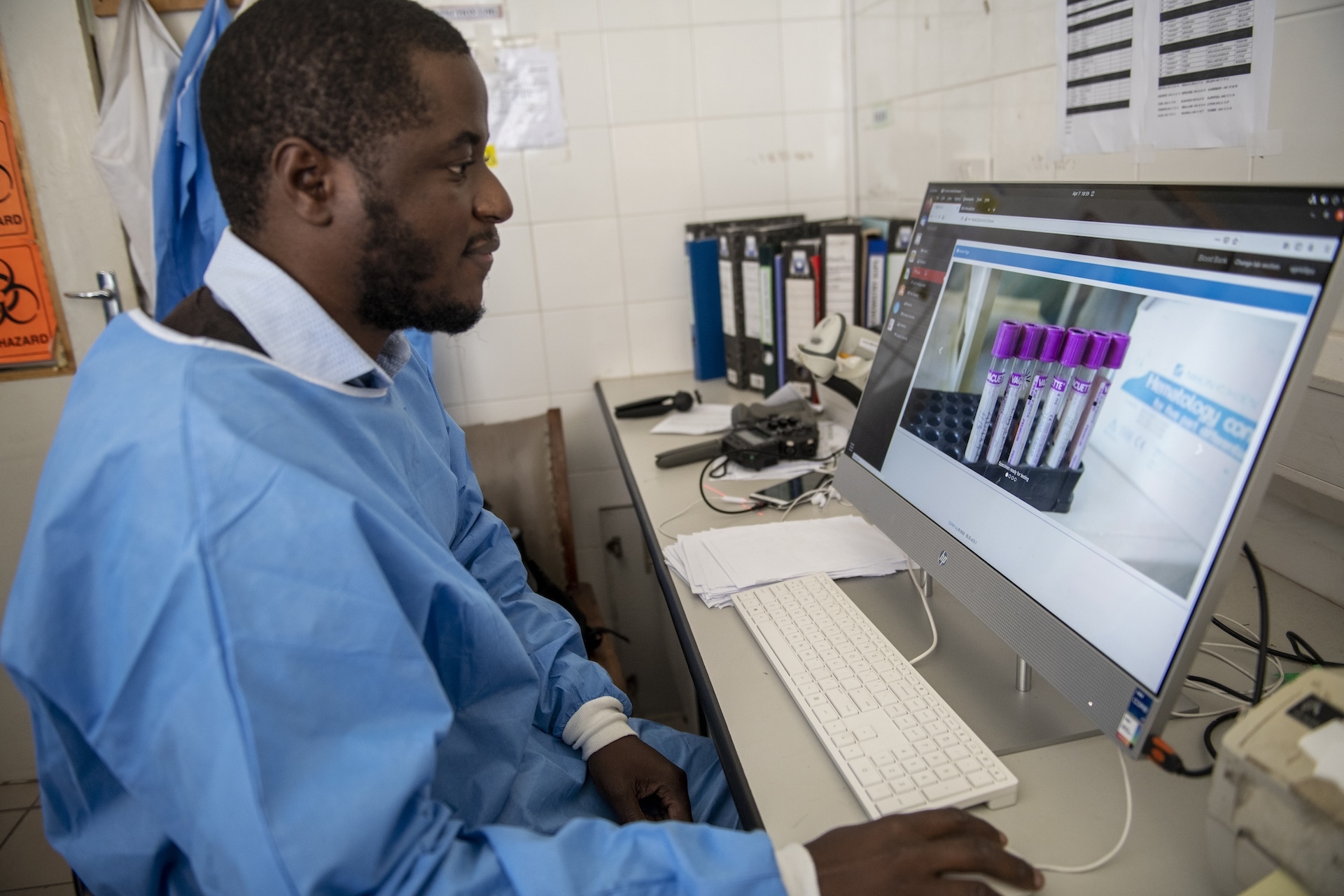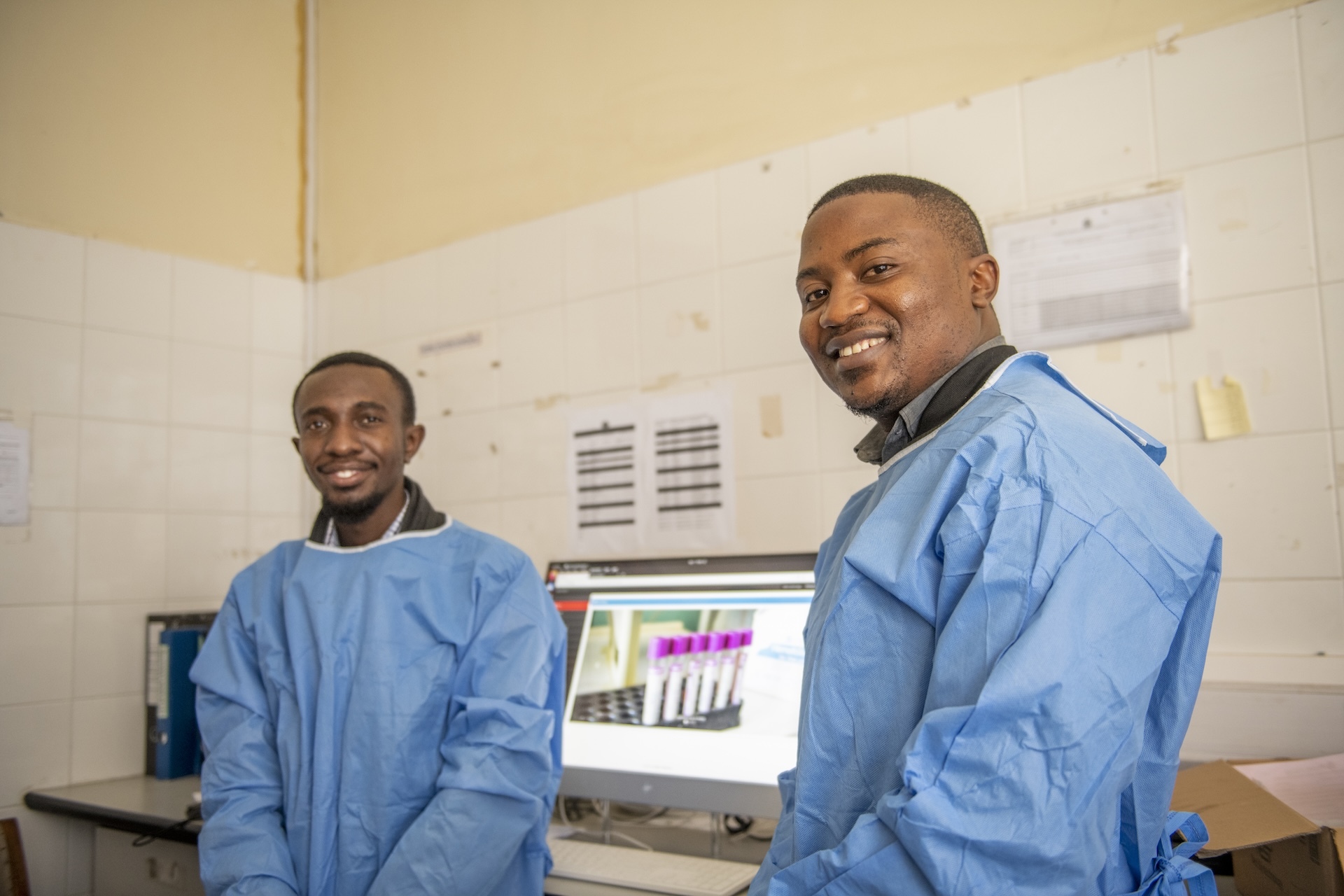Faster Lab Results Mean Faster Treatment
An HIV program inherently depends on laboratories to process tests and blood samples. Timely results hasten treatment.
In Malawi, the lab system relies on a hub-and-spoke model. Central facilities, hubs, have fully equipped labs and the facilities without labs send samples to the hubs for testing. Then results are sent back to the spoke sites. This requires that samples be physically transported to the hub and back.
In the past it might have taken as long as three months for the results of an HIV test to be reported back to the patient. This is particularly critical when you consider the importance of early infant diagnosis and treatment for HIV.
To eliminate this bottleneck, EGPAF has supported the Ministry of Health’s Department of Diagnostics with development, deployment, and maintenance of the national lab information management system (LIMS). This national system captures data associated with samples, tests, and quality assurance results—as well as workflows, inventory, and instruments.

Through LIMS, clinicians have access to immediate results. While samples still must be transported to the hubs, the results can be viewed at the local facility as soon as the test has completed. No more waiting.

LIMS is fully integrated into the EMRS, including the patient barcode.
“This means that we fully monitor what is happening,” says Precious Bondwe, LIMS team lead. “You can track a particular sample from the time it is collected at the facility to when it reaches the lab to when the test is completed to when the results are delivered back to the patient.”
This also means that a clinician can consider the entire cascade of an individual’s health by tracking health indicators across conditions and over time. And it means responding quickly when needed.
“A clinician would get an alert for a high viral and can call the client and see what is happening,” says Bondwe.
“Apart from that, with this dashboard you can actually look at the cohort of samples from a facility to see any trends. So this dashboard is helping us to pinpoint areas where we’ve got failures or gaps.”

Of course, on the national level, LIMS feeds the data lake with valuable information so that public health officials can identify issues, set policies, and allocate resources—and not just when it comes to HIV. During height of the COVID-19 epidemic, the spread of the virus was tracked through LIMS in real time.
“It helps me to sleep well when I see the work that we have done,” says Bondwe. “It means a significant improvement to the health of so many people who were left stranded before, waiting for results.”
“It helps me to sleep well when I see the work that we have done.” -Precious Bondwe, LIMS team lead
Eric Bond
Malawi
General



